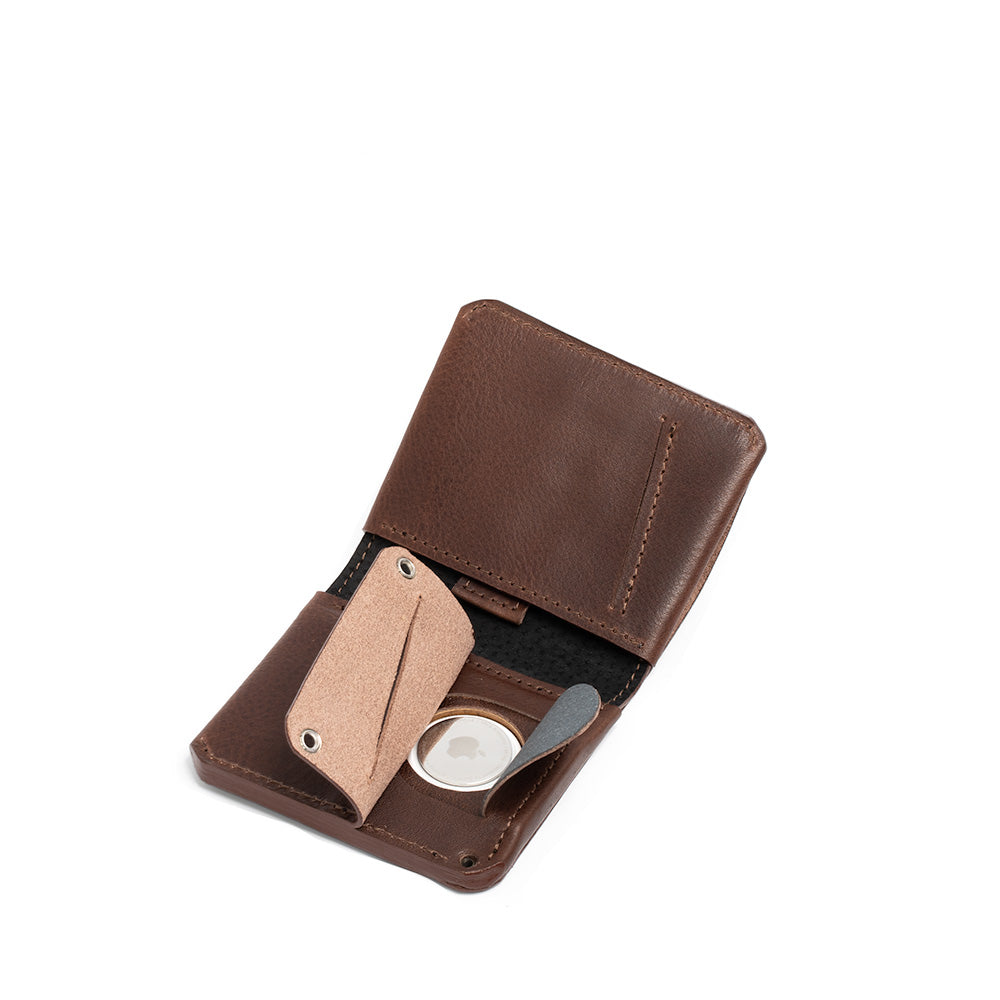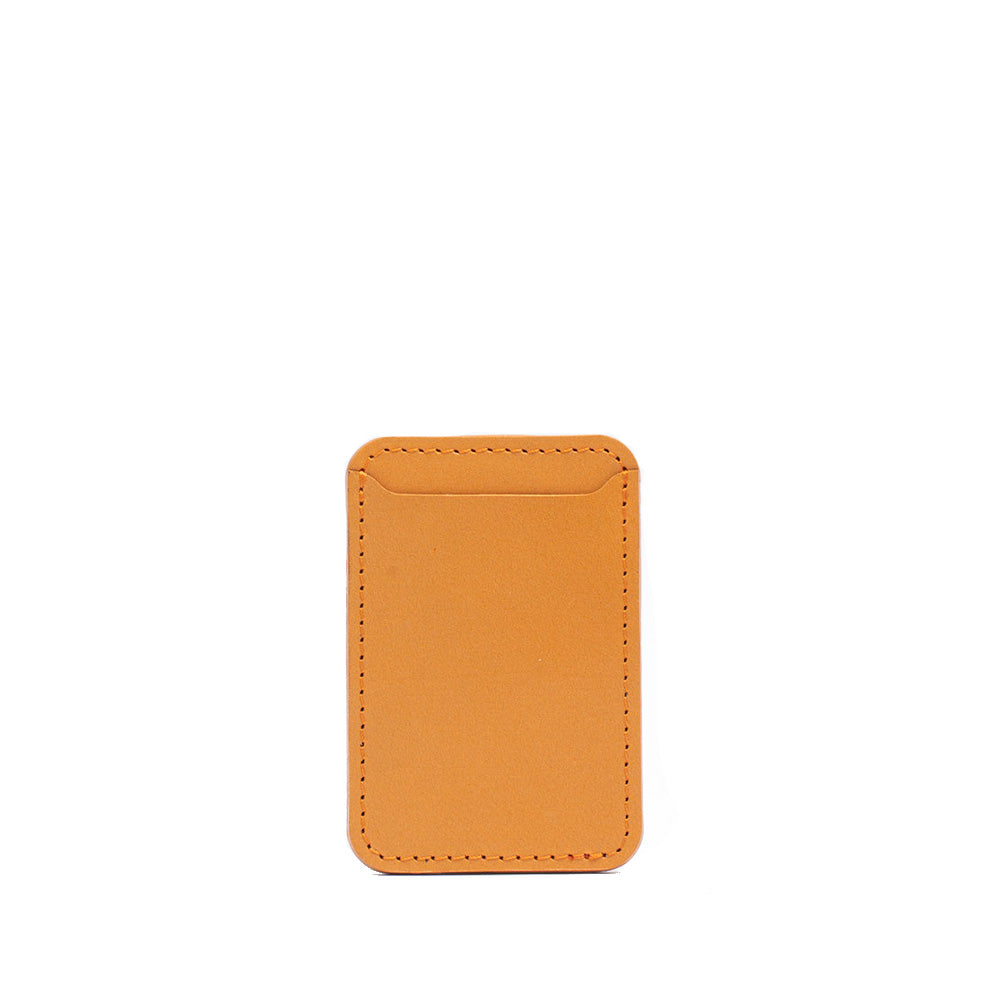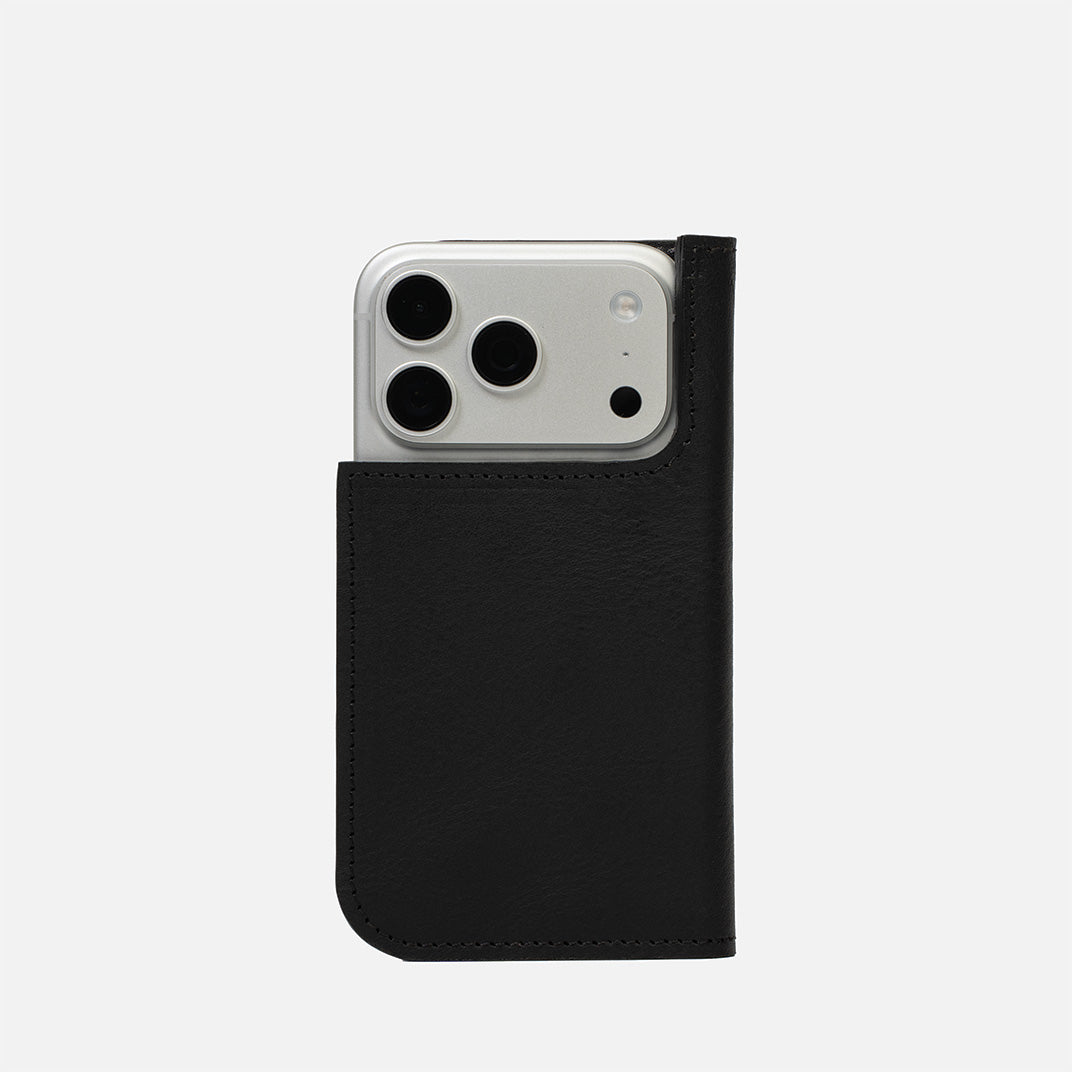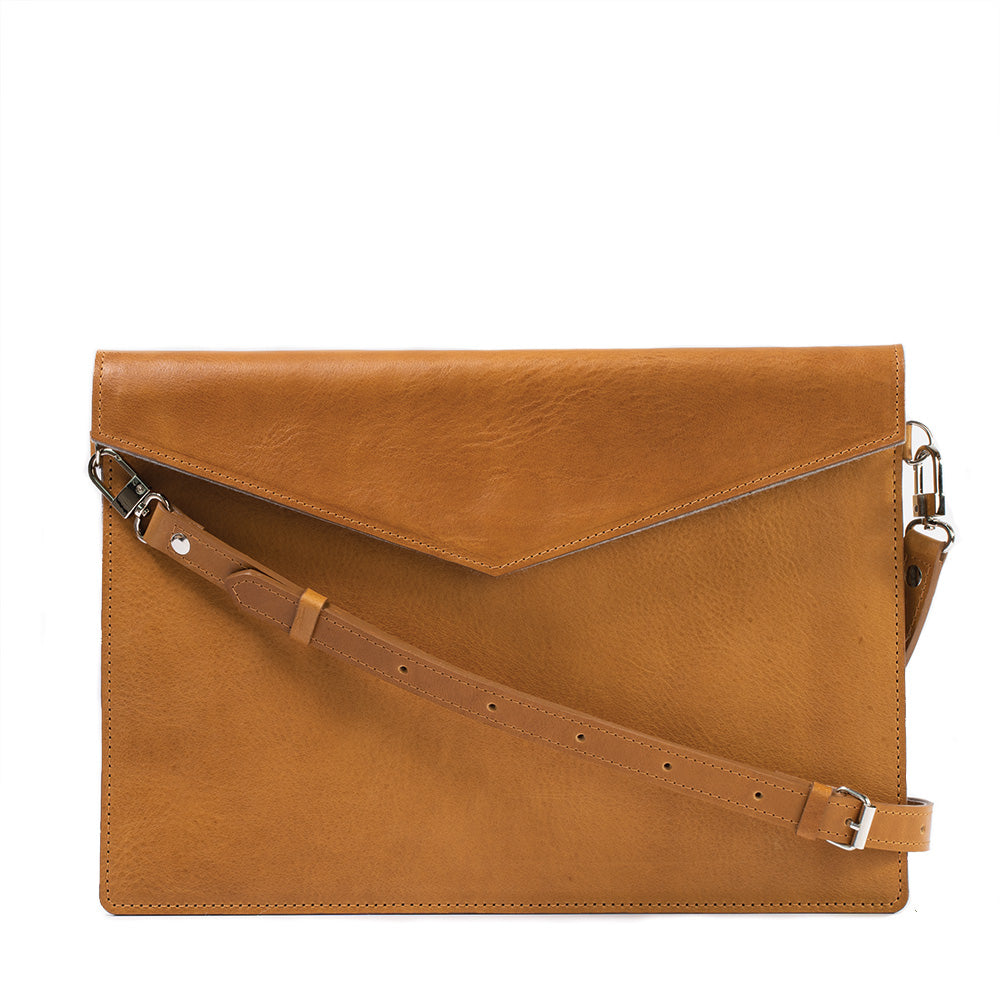Which Mac Mini Models Support External SSD Storage?
| Mac Mini Model | External SSD Compatibility | Boot from External SSD? |
|---|---|---|
| Mac Mini M4 (2024) | ✅ Full support (USB 4, Thunderbolt 4) | ✅ Yes, with macOS recovery |
| Mac Mini M4 Pro (2024) | ✅ Full support (USB 4, Thunderbolt 4) | ✅ Yes, with macOS recovery |
| Mac Mini M2 (2023) | ✅ Full support (USB 4, Thunderbolt 4) | ✅ Yes, but may require workarounds |
| Mac Mini M1 (2020) | ✅ Full support (USB 4, Thunderbolt 3) | ✅ Yes, but slower than internal SSD |
| Mac Mini Intel (2018) | ✅ Full support (USB 3.1, Thunderbolt 3) | ✅ Yes, with standard macOS boot |
| Mac Mini Older (pre-2018) | ⚠️ Limited support (USB 3.0 or lower) | ⚠️ Bootability varies by model |
Older Mac Mini Models (Intel & M1/M2 Versions): Are There Any Limitations?
While external SSDs work across older Mac Mini models, there are some differences:
- Mac Mini M1 (2020): Supports external booting but may experience slightly lower speeds due to Thunderbolt 3 bandwidth limitations.
- Mac Mini Intel (2018): Works well with external SSDs, but USB 3.1 may limit speeds compared to newer models.
- Mac Mini models before 2018: May not fully support external SSD booting, and older USB ports could bottleneck performance.
Key Factors to Consider When Choosing an External SSD for Mac Mini
Choosing the right external SSD for your Mac Mini M4 or M4 Pro can significantly impact performance, reliability, and overall workflow efficiency. Here are the key factors to consider before making a purchase.
Speed & Performance: NVMe vs. SATA, Thunderbolt vs. USB-C SSDs
The speed of an external SSD depends on two key factors: the SSD type (NVMe vs. SATA) and the connection interface (USB-C vs. Thunderbolt).
NVMe SSDs (Best Performance):
- Uses PCIe lanes for ultra-fast speeds (up to 3,000–7,000 MB/s).
- Works best with Thunderbolt 3/4 and USB 4.
- Recommended for 4K/8K video editing, gaming, and pro applications.
SATA SSDs (Budget-Friendly, Slower):
- Limited to 500–600 MB/s, much slower than NVMe.
- Uses USB 3.1/3.2 and is widely compatible.
- Suitable for basic storage expansion and backups.
Connection Interface Matters:
- Thunderbolt 4 / USB 4 (Best Choice) → Full-speed NVMe SSDs (up to 40Gbps).
- USB 3.2 Gen 2 (Good for SATA SSDs) → Speeds up to 10Gbps.
- USB 3.0 (Not Recommended) → Slower speeds (~5Gbps).
Capacity Considerations: How Much Storage Do You Need?
| User Type | Recommended SSD Capacity | Use Case |
|---|---|---|
| Casual Users | 512GB – 1TB | General storage, backups |
| Photographers & Designers | 1TB – 2TB | Large image libraries |
| Video Editors | 2TB – 4TB+ | 4K/8K video projects |
| Gamers | 1TB – 2TB | Fast game load times |
| Developers & Professionals | 2TB – 4TB+ | Virtual machines, large data sets |
Build & Portability: Stationary vs. Rugged SSDs for Travel Use
Portable SSDs (Travel-Friendly, Rugged Design)
- Lightweight and compact.
- Often feature drop-proof and waterproof casing.
- Example: Samsung T7 Shield, SanDisk Extreme Portable SSD.
Stationary SSDs (Larger Capacity, High Performance)
- Best for desktop setups.
- Often comes with active cooling for long sessions.
- Example: OWC ThunderBlade, Sabrent Rocket XTRM-Q
Mac Mini Travel Case - premium Italian leather and reinforced with sturdy walls.
Best External SSDs for Mac Mini (2025)
Selecting the right external SSD can significantly enhance your Mac Mini M4 or M4 Pro's performance and storage capabilities. Below are top-rated SSD recommendations across various categories, along with a comparison table and user-specific suggestions.
| Category | SSD Model | Interface | Max Read Speed | Max Write Speed | Capacity Options | Price (1TB) | Price (2TB) | Price (4TB) |
|---|---|---|---|---|---|---|---|---|
| Budget Option | Samsung T7 Shield | USB 3.2 Gen 2 | 1,050 MB/s | 1,050 MB/s | 1TB, 2TB, 4TB | ~$100 | ~$200 | ~$400 |
| Premium Option | LaCie Rugged SSD Pro | Thunderbolt 3 | 2,800 MB/s | Not Specified | 1TB, 2TB | $399.99 | $699.99 | N/A |
| High-Speed Option | LaCie Rugged SSD Pro5 | Thunderbolt 5 | 6,700 MB/s | 5,300 MB/s | 2TB, 4TB | $399.99 | N/A | $599.99 |
| Gaming Option | Samsung X5 Portable SSD | Thunderbolt 3 (Compatible with Thunderbolt 4) | 2,800 MB/s | 2,300 MB/s | 500GB, 1TB, 2TB | ~$220 | ~$450 | N/A |
Cos and Pros
| Category | SSD Model | Pros | Cons | Price vs. Performance |
|---|---|---|---|---|
| Budget Option | Samsung T7 Shield | - Affordable - Good for general use - Rugged and durable - Offers decent read/write speeds |
- Slower speeds compared to premium options - USB 3.2 Gen 2 interface limits performance - Not ideal for high-performance tasks |
Great value for casual use and basic storage needs. |
| Premium Option | LaCie Rugged SSD Pro | - Excellent durability (shockproof, waterproof) - Great for on-the-go professionals - Decent speed for content creators |
- High price point - Slower write speeds, which can affect file handling in high-demand scenarios - Limited capacity options |
Good for users who need durability and reliable storage but not the highest speed. |
| High-Speed Option | LaCie Rugged SSD Pro5 | - Incredible speeds (up to 6,700 MB/s read) - Great for heavy workloads like video editing or gaming - Future-proof with Thunderbolt 5 support |
- Thunderbolt 5 only supports newer systems - Expensive, especially at higher capacities - Larger file handling may require specific hardware |
Exceptional performance, but the price is higher for users who need the fastest speeds. |
| Gaming Option | Samsung X5 Portable SSD | - Fast read/write speeds (ideal for gaming) - Thunderbolt 3 compatibility, works with Thunderbolt 4 - Great for gaming, video editing, and high-speed tasks |
- Expensive for the storage size - Limited to Thunderbolt 3 (not Thunderbolt 5) - Higher price point, especially for 2TB capacity |
Excellent performance for gamers, offering great value for speed, but on the pricey side. |
User recommendations
Budget Friendly SSD compatible with the Mac Mini M4/M4 Pro
Based on user recommendations from forums and social media, here are three budget-friendly external SSD options compatible with the Mac Mini M4/M4 Pro
| SSD Model | Interface | Max Read Speed | Max Write Speed | Price (from) | Why Selected by Users |
|---|---|---|---|---|---|
| Crucial X8 Portable SSD | USB 3.2 Gen 2 | 1,050 MB/s | 1,000 MB/s | ~$90 | Reliable performance for everyday use; good value for money |
| Samsung T7 Shield | USB 3.2 Gen 2 | 1,050 MB/s | 1,050 MB/s | ~$100 | Durable and solid performance for general tasks; great balance between price and functionality |
| SanDisk Professional Pro-G40 SSD | Thunderbolt 3 | 2,800 MB/s | 2,800 MB/s | ~$200 | Excellent performance and durability, especially for users who need reliable and fast storage |
Premium SSD compatible with the Mac Mini M4/M4 Pro
| SSD Model | Interface | Max Read Speed | Max Write Speed | Price (from) | Why Selected by Users |
|---|---|---|---|---|---|
| OWC Envoy Ultra | Thunderbolt 5 | Up to 6,000 MB/s | Up to 5,000 MB/s | $399.99 (2TB) | Outstanding performance with Thunderbolt 5; rugged, portable, and future-proof |
| Samsung X5 Portable SSD | Thunderbolt 3 | Up to 2,800 MB/s | Up to 2,300 MB/s | $199.99 (500GB) | Fast performance; sleek design; reliable build quality |
|
Sabrent Rocket XTRM-Q |
Thunderbolt 3 / USB 3.2 |
Up to 2,700 MB/s |
Up to 2,000 MB/s |
~$169.99 (500GB) |
Versatile connectivity, high-speed performance, and large capacity options up to 8TB. |
Mac Mini Travel Case - premium Italian leather and reinforced with sturdy walls.
High-Speed SSD compatible with the Mac Mini M4/M4 Pro
| SSD Model | Interface | Max Read Speed | Max Write Speed | Price (from) | Why Selected by Users |
|---|---|---|---|---|---|
| Samsung X5 Portable SSD | Thunderbolt 3 (Compatible with Thunderbolt 4) | 2,800 MB/s | 2,300 MB/s | ~$200 | Great performance and reliability for high-speed transfers, ideal for gaming and video editing |
| SanDisk Professional Pro-G40 SSD | Thunderbolt 3 | 2,800 MB/s | 2,800 MB/s | ~$200 | Highly durable and fast, favored for professional workloads and heavy-duty tasks |
| Seagate FireCuda Gaming SSD | USB 3.2 Gen 2x2 (Compatible with Thunderbolt 4) | 2,000 MB/s | 2,000 MB/s | ~$130 | Affordable high-speed performance for gamers, offering a solid balance between price and performance |
Gaming SSD compatible with the Mac Mini M4/M4 Pro
| SSD Model | Interface | Max Read Speed | Max Write Speed | Price (from) | Why Selected by Users |
|---|---|---|---|---|---|
| Seagate FireCuda Gaming SSD | USB 3.2 Gen 2x2 (Compatible with Thunderbolt 4) | 2,000 MB/s | 1,000 MB/s | ~$130 | Highly rated for gaming due to its fast transfer speeds, sleek design, and compatibility with both PC and Mac |
| Samsung X5 Portable SSD | Thunderbolt 3 (Compatible with Thunderbolt 4) | 2,800 MB/s | 2,300 MB/s | ~$220 | Top choice for gamers with lightning-fast speeds, rugged build, and excellent performance under heavy workloads |
| SanDisk Professional Pro-G40 SSD | Thunderbolt 3 / USB 3.2 Gen 2 | 2,800 MB/s | 2,800 MB/s | ~$250 | Known for durability, high speed, and excellent performance, ideal for gamers with large game libraries |
Performance Comparison: Internal vs. External SSD for Mac Mini M4/M4Pro
Speed Benchmarks: External SSDs vs. Apple's Internal Storage
Internal SSD (Apple M4/M4 Pro): With speeds up to 5,000 MB/s read and 5,000 MB/s write, the internal SSD on these models is optimized for fast, seamless performance. This makes tasks like loading macOS, opening apps, and handling large files incredibly quick.
External SSD (Thunderbolt 4): External SSDs, such as the SanDisk Professional PRO-G40 and Seagate FireCuda Gaming SSD, can offer speeds of up to 2,800 MB/s read and 2,800 MB/s write, which is still fast but significantly lower than the internal SSD. However, high-quality Thunderbolt 4 and USB 3.2 Gen 2 SSDs (like the Samsung X5 with Thunderbolt 3) can come close to offering read speeds of 2,800 MB/s and write speeds around 2,300 MB/s.
Latency & Real-World Performance: Load Times, File Transfers, and Multitasking
Boot-up & Load Times: With an internal SSD, boot-up times are near-instantaneous, often within 10-15 seconds for macOS. External SSDs, especially those connected via Thunderbolt 4, can still load macOS quickly (around 20-30 seconds) but will be slightly slower than internal storage.
File Transfers & Multitasking: When transferring large files (like videos or software packages), an internal SSD remains faster, completing transfers almost instantly. However, external SSDs, particularly high-speed options like the SanDisk PRO-G40 or Samsung X5, still offer fast speeds that can manage tasks like video editing or running apps with moderate latency. For tasks involving heavy multitasking or large media files, the performance gap becomes more noticeable, with internal SSDs delivering better sustained write speeds.
Use Cases: When Internal SSDs Are Better vs. When External SSDs Offer More Value
Internal SSDs Are Better:
1. For Operating System Performance: If you want the quickest possible boot times and fast system responsiveness, the internal SSD is your best choice.
2. For Heavy Multitasking & Professional Workloads: When you're running demanding applications like Final Cut Pro, Logic Pro, or other high-performance software, the internal SSD ensures the best possible multitasking experience without performance degradation.
3. For Running Virtual Machines (VMs): Internal storage will generally provide better performance when running VMs, as they require high sustained read and write speeds.
When External SSDs Offer More Value:
1. For Storage Expansion: If you need more storage but don't want to pay for Apple's high-cost internal upgrades, external SSDs provide an excellent cost-effective solution.
2. For Gaming & Large Media Files: External SSDs with Thunderbolt 4, like the Samsung X5 or SanDisk PRO-G40, are great for gaming or video editing workflows, offering fast transfer speeds with more flexibility in storage management.
3. For Backup and Portability: External SSDs are perfect for backups, file transfers, and mobile workflows. They can easily be moved between devices and don't lock you into a specific configuration.
Mac Mini Travel Case - premium Italian leather and reinforced with sturdy walls.
Troubleshooting Common Issues with External SSDs for Mac Mini M4/M4 Pro
Mac Mini Doesn’t Recognize the External SSD? Fixing Common Detection Problems
1. Check the Cable:
Problem: Faulty cables or loose connections can prevent the Mac Mini from recognizing the external SSD.
Solution: Ensure that the cable you're using is working properly. If possible, try another cable, particularly one that supports Thunderbolt 4 or USB 3.2 Gen 2 for higher-speed models.
2. Try a Different Port:
Problem: A malfunctioning or faulty port can prevent your SSD from being recognized.
Solution: Plug the external SSD into another port on the Mac Mini. If your SSD uses Thunderbolt 4, ensure that it's connected to a port that supports Thunderbolt.
3. Reboot Your Mac Mini:
Problem: Sometimes, macOS fails to recognize external drives due to a software glitch.
Solution: Restart your Mac Mini. This can refresh the system and re-establish a connection to the external SSD.
4. Check Disk Utility:
Problem: Sometimes the SSD may be recognized, but it’s not mounted correctly.
Solution: Open Disk Utility (found in Applications > Utilities). If your SSD appears in the left sidebar but is not mounted, try selecting it and clicking "Mount."
5. Format the SSD (if necessary):
Problem: If the external SSD is new, it might need to be formatted before it’s recognized by macOS.
Solution: Use Disk Utility to format the drive. Select the SSD in Disk Utility and click "Erase." Choose the APFS (Apple File System) format for macOS compatibility.
Slow SSD Performance? Solutions for Lagging Speeds and Bottlenecks
1. Ensure the Right Port and Cable:
Problem: Using an older cable or plugging into a port that does not support Thunderbolt 4 or USB 3.2 Gen 2 can cause slow speeds.
Solution: Make sure you’re using a Thunderbolt 4 or USB 3.2 Gen 2 cable, depending on the SSD’s interface, and plug it into the right port on your Mac Mini. Ports supporting USB 3.2 Gen 2 or Thunderbolt 4 offer the best speeds for external SSDs.
2. Check for Background Processes:
Problem: Running too many processes or applications on your Mac Mini can slow down SSD performance, especially during heavy file transfers.
Solution: Open the Activity Monitor (Applications > Utilities) and check if there are any applications consuming high resources. Try closing unnecessary apps and processes to free up system resources for the SSD.
3. Perform a Benchmark:
Problem: Your SSD might not be performing at its peak speed due to system configurations or a malfunctioning SSD.
Solution: Use a tool like Blackmagic Disk Speed Test to measure your external SSD’s read and write speeds. Compare the results to the manufacturer’s specifications. If the speeds are much lower, the drive may need troubleshooting or replacement.
4. Update macOS and Drivers:
Problem: Outdated software can cause performance issues, particularly with third-party SSDs.
Solution: Check if there are any available updates for macOS, as newer versions of macOS often improve SSD compatibility and performance. Additionally, check if the SSD manufacturer offers firmware updates for your drive.
5. Disable System Integrity Protection (SIP):
Problem: SIP can sometimes cause issues with certain external SSDs, especially when used for heavy workloads.
Solution: You can try temporarily disabling System Integrity Protection (SIP) to see if this resolves performance issues. To do this, restart your Mac in recovery mode, open Terminal, and run the following command:
csrutil disable
After using the SSD for a while, you can re-enable SIP by running:
csrutil enable.
Mac Mini Travel Case - premium Italian leather and reinforced with sturdy walls.
Connectivity Problems? Checking Cables, Ports, and macOS Settings
1. Inspect Your Cables and Connections:
Problem: A worn-out or low-quality cable can create intermittent connections, which can cause disconnections or slow speeds.
Solution: Use certified cables that support the required speeds, such as Thunderbolt 4 cables for Thunderbolt-enabled SSDs. Also, try swapping cables to rule out a faulty one.
2. Check for System Preferences and Permissions:
Problem: macOS sometimes blocks external drives from connecting if permissions are incorrect or settings are misconfigured.
Solution: Open System Preferences > Security & Privacy and check the settings for external drives. If you notice any permission issues, adjust them accordingly.
3. Reset the SMC and NVRAM:
Problem: Occasionally, hardware and connectivity issues can be caused by problems with your Mac’s settings.
Solution: Reset the System Management Controller (SMC) and Non-Volatile Random Access Memory (NVRAM) to resolve connectivity issues:
- To reset the SMC, shut down your Mac, press and hold Shift + Control + Option along with the power button for 10 seconds, then release and turn your Mac on.
- To reset the NVRAM, restart your Mac and hold down Option + Command + P + R during startup until you hear the startup chime for the second time.





